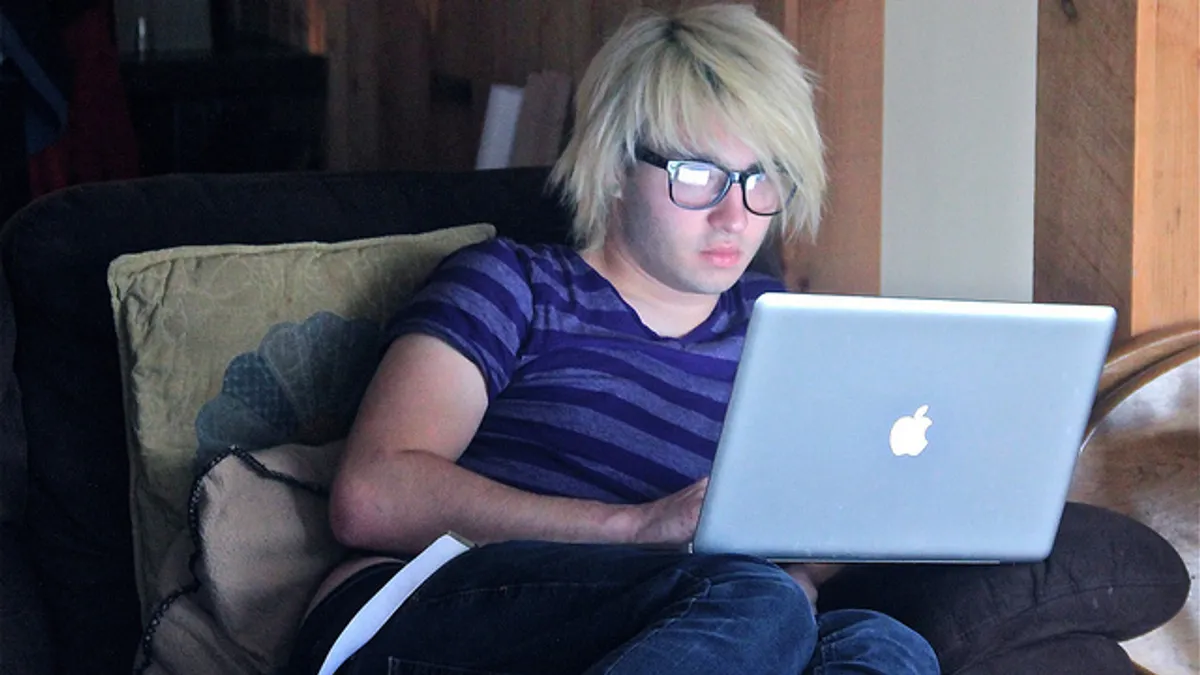When Seattle Public Schools announced it was closing schools for a minimum of two weeks, after a staff member became infected with COVID-19, students were sent home with no distance learning option. State Superintendent Chris Reykdal advised districts it was better to close schools rather than continue inequitable e-learning.
But now that closures in Washington's King, Pierce and Snohomish counties will stretch for six weeks or more, concerns over families' access to the internet have increased. On the heels of the decision to shut down Washington’s biggest districts came more closures. Statewide closures in several districts have been announced, along with Los Angeles, San Diego and Atlanta and other major metro districts.
Nationally, approximately 12 million students fall into the homework gap because they don’t have internet access at home, according to the Federal Communications Commission.
“Now with schools closing their doors and migrating to online instruction, we are going to magnify this problem,” FCC Commissioner Jessica Rosenworcel said. “We’re at risk of leaving too many kids behind.”
She is among many asking the federal government to connect students and schools without home internet access as the pandemic spreads.
In Washington state, where the number of reported coronavirus cases is nearing 500, the lack of home internet access that would have allowed students to continue learning has prompted advocacy from lawmakers.
Sen. Maria Cantwell (D-Washington) sent a letter to the FCC last week requesting it connect students in the case they have to learn remotely. “There have already been week-long school closures in Washington state and it is likely that other school closures of uncertain duration will occur around the country,” she warned.
Cantwell’s office says it still hasn’t received a response from FCC Chairman Ajit Pai.
But Friday, Pai called on broadband providers to work with schools and libraries to facilitate remote learning opportunities.
“We’re going to see serious strains on what the capabilities are of our systems, whether it’s homework, whether it's telehealth or working from home. Never let a good crisis go to waste,” Sen. Chris Coons (D-Delaware) said in a Subcommittee on Financial Services and General Government hearing Monday. “I think this might be a timely opportunity for us to reexamine what is possible in terms of emergency response around work from home and study from home.”
Sen. Chris Van Hollen (D-Maryland), whose home state has closed all of its K-12 schools a minimum of one week, is also pushing to get connectivity funds out the door and into schools through his proposed Homework Gap Trust Fund Act. Funds made available upon its passage, his office said, “could be implemented very quickly.”
The American Federation of Teachers is among organizations that has sponsored the legislation.
With the funds that could be immediately mobilized if the legislation passes, Rosenworcel said the connectivity gap could be closed “virtually overnight.”
The New York City Department of Education, which so far has contradicted other districts in its decision to remain open, says its large student population has inconsistent access to devices and the internet.
As a result, the district has decided to ship traditional printed materials to schools in case of closure for its younger grades. Students who don’t have internet access won’t be penalized for missing work, but will have to make up missed work at a later time.















